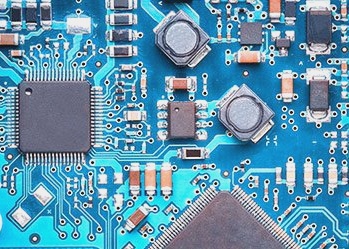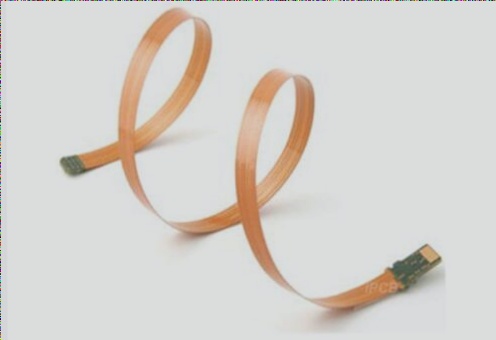The Impact of Conductor Width and Pad Diameter on PCB Manufacturing Costs
When considering different approaches to PCB manufacturing, it is essential to analyze their effects on manufacturing yields and overall costs. The simplicity of a solution does not always equate to cost-effectiveness. The choice between various methods should be based on achieving the desired board density efficiently.
Challenges with Conductor Channel Capacity
One of the primary obstacles to increasing conductor channel capacity in PCBs is the large pad diameters around plated through-holes (PTHs). These pads, necessary to prevent hole breakout, currently limit the achievable connectivity of PCB boards. By reducing pad diameters or eliminating them, it is possible to enhance the wiring capacity of complex PWBs significantly.
The Role of Copper Pads in PCBs
Copper pads surrounding drilled holes in PCBs serve to address layer-to-layer or pattern-to-hole misregistrations, preventing hole breakout outside the copper area. However, the misregistration issue is often caused by the instability and movement of the base laminate during manufacturing processes.
Exploring New Technologies for Increased Connectivity
Manufacturers are exploring technologies that allow for the fabrication of invisible vias, which could potentially double or even triple the connectivity per PWB signal plane compared to current standards. By reducing conductor widths and utilizing innovative manufacturing techniques, the wiring density of PCBs can be significantly improved.
Reducing Layer Count for Cost Efficiency
Reducing the layer count in PCBs not only lowers manufacturing costs but also maintains the total interconnection length. This cost-effective approach can lead to substantial savings without compromising performance.


